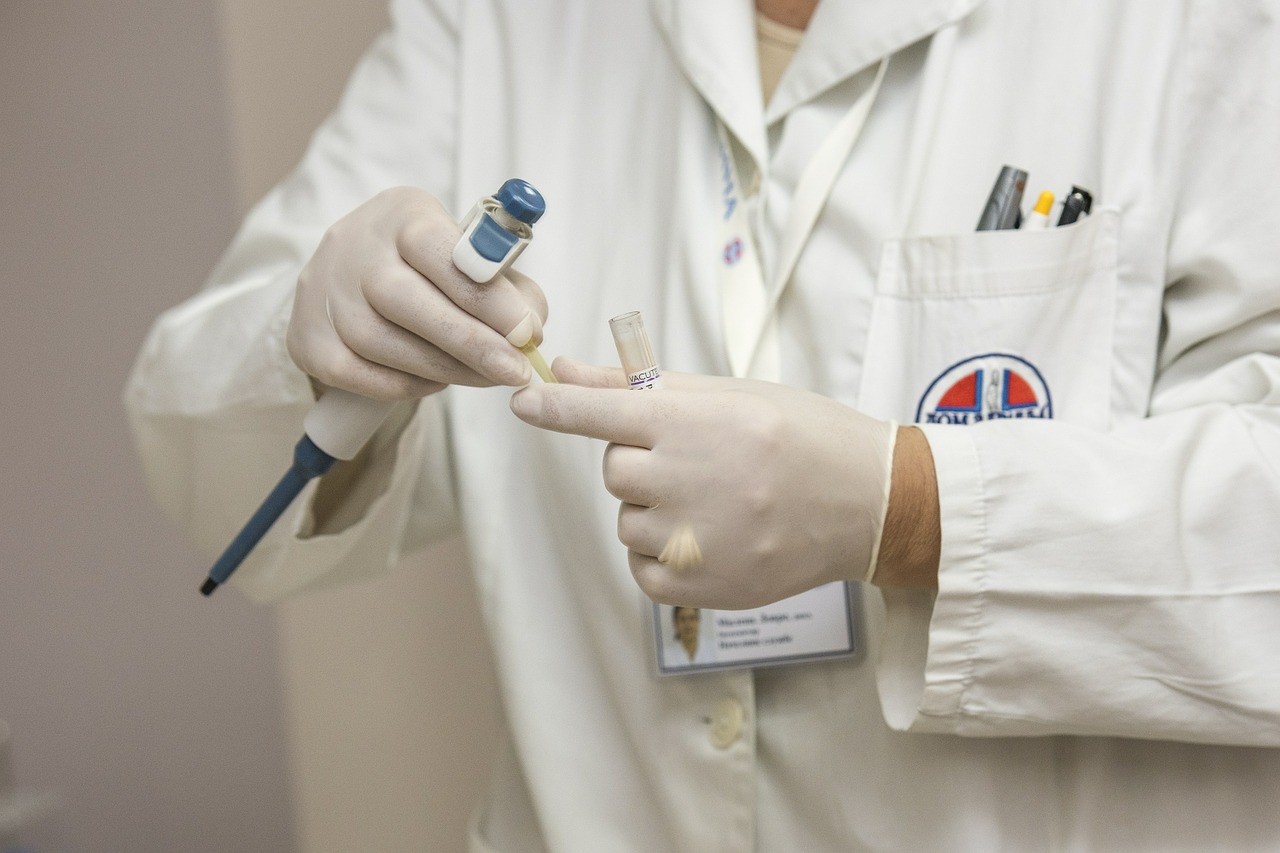Dupilumab is now FDA approved as of March 28, 2017 and this event necessitates a further evaluation for the prospects of this drug helping eczema patients. Physicians and patients are being told the published results but they deserve an objective critique. There are multiple discrepancies and violations of true, honest research and in looking at the details of the studies the effectiveness touted by the authors should be looked upon with a jaundiced eye.
- As reported in the last blog, a flyer to all physicians from the sponsoring drug companies, Regeneron and Sanofi, stated that they had completed Phase 3 trials of their drug which matched their drug PLUS topical corticosteroids against patients using ONLY steroids. My contention is that all the study patients did not have ‘bad eczema’ but they were ‘RSS’ (Red Skin Syndrome) steroid addicted patients. I am certain therefore that the results are meaningless.
- In the New England Journal of Medicine report, two Phase 3 trials of Dupilumab vs placebo in atopic dermatitis published in December, 2016 state under methods: “topical or systemic rescue treatment to control unacceptable symptoms of atopic dermatitis could be used at the investigators’ discretion. Dupilumab or placebo was discontinued in patients who received rescue treatment.” Rescue treatment means steroids. There were 25 investigators participating in this study. Therefore there were 25 discretions? This unclean approach to a new study drug is totally unscientific. This method invalidates the results. I suspect the ‘dropped patients’ were manifesting steroid withdrawal, like I have witnessed hundreds of times in my similar patients.
- The Journal of the American Academy of Dermatology published article, entitled “Dupilumab therapy provides clinically meaningful improvement in patient reported outcomes in adults with moderate to severe atopic dermatitis” appeared in June, 2016. The study treatments section states: “rescue treatment (medication and or phototherapy) was allowed at the investigator’s discretion; patients who received such therapy were discontinued from study treatment but were asked to continue with assessments.” Again steroids was the rescue preparation. How many patients needed to be dropped from the study? I, again, believe that all the study patients were steroid addicted patients and were not suffering from bad eczema. Also, and critically, a warning flag is sent up with the hidden and unknown reporting of steroid usage.
How can we believe the results? All these patients had to do to get cured was stop the steroids.


